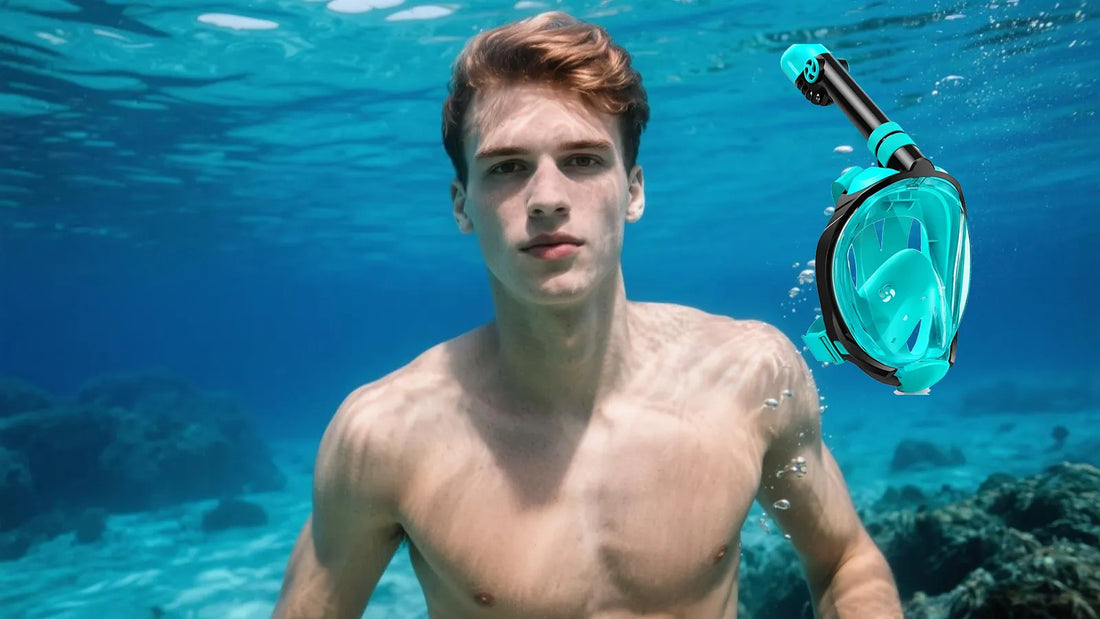Scuba diving is an exhilarating adventure that allows you to explore the underwater world. However, one of the most critical aspects of a successful dive is understanding how long your oxygen tank will last. This article delves into the factors that influence the duration of an oxygen tank and provides tips to help you make the most of your dive.
Understanding Oxygen Tank Capacity
The capacity of an oxygen tank is typically measured in cubic feet or liters. The larger the tank, the more air it can hold, and the longer it will last. However, the actual duration depends on several factors, including the diver's breathing rate, depth of the dive, and the type of activity being performed.
Breathing Rate and Its Impact
One of the most significant factors affecting how long an oxygen tank lasts is the diver's breathing rate. A calm and relaxed diver will consume less air compared to someone who is anxious or exerting themselves. Experienced divers often have better control over their breathing, which allows them to extend the life of their oxygen tank.
Depth and Pressure Considerations
The depth of the dive also plays a crucial role in determining how long an oxygen tank will last. As you descend deeper, the pressure increases, causing the air in the tank to be consumed more quickly. This means that a tank that lasts 60 minutes at the surface may only last 30 minutes at a depth of 30 meters.
Activity Level and Air Consumption
The type of activity you engage in during the dive can significantly impact air consumption. For example, swimming against a strong current or performing strenuous tasks will cause you to breathe more rapidly, reducing the duration of your oxygen tank. On the other hand, a leisurely swim or stationary observation will conserve air.
Tank Size and Its Role
The size of the oxygen tank is another critical factor. Larger tanks can hold more air, but they are also heavier and bulkier, which can affect buoyancy and maneuverability. Divers must choose a tank size that balances air capacity with comfort and ease of movement.
Environmental Factors
Environmental conditions such as water temperature and visibility can also influence how long an oxygen tank lasts. Cold water can increase breathing rate, while poor visibility may cause stress, leading to faster air consumption. Divers should be aware of these factors and plan their dives accordingly.
Tips to Maximize Oxygen Tank Duration
There are several strategies divers can employ to extend the life of their oxygen tank. These include practicing controlled breathing techniques, maintaining a relaxed state, and avoiding unnecessary exertion. Additionally, regular maintenance of diving equipment ensures optimal performance and air efficiency.
Monitoring Air Supply
It is essential for divers to continuously monitor their air supply during a dive. Most diving equipment includes a pressure gauge that indicates the remaining air in the tank. Divers should establish a routine of checking their air supply at regular intervals to avoid running out of air unexpectedly.
Planning Your Dive
Proper dive planning is crucial to ensure that you have enough air for the entire duration of your dive. This includes calculating the expected air consumption based on the dive profile, depth, and activity level. Divers should also have a contingency plan in case of unexpected changes in conditions.
Safety Considerations
Running out of air during a dive can be life-threatening. Divers must always adhere to safety guidelines, including maintaining a reserve air supply and ascending slowly to avoid decompression sickness. It is also important to dive with a buddy who can assist in case of an emergency.
Training and Experience
Experience and training play a significant role in managing air consumption. Advanced divers are often more efficient in their breathing and can make better use of their oxygen tank. Regular training and practice can help divers improve their skills and extend the duration of their dives.
Equipment Maintenance
Regular maintenance of diving equipment is essential to ensure that it functions correctly and efficiently. This includes checking for leaks, ensuring proper valve operation, and replacing worn-out parts. Well-maintained equipment can help divers make the most of their oxygen tank.
Choosing the Right Tank
Selecting the appropriate oxygen tank for your dive is crucial. Factors to consider include the size of the tank, the type of diving you will be doing, and your personal comfort. Divers should consult with experienced professionals to choose the best tank for their needs.
Understanding Air Consumption Rates
Different divers have different air consumption rates, which can vary based on factors such as body size, fitness level, and experience. Understanding your personal air consumption rate can help you plan your dives more effectively and ensure that you have enough air for the entire duration.
Emergency Procedures
In the event of an air supply emergency, divers must know how to respond quickly and effectively. This includes signaling to your buddy, ascending safely, and using an alternate air source if available. Familiarity with emergency procedures can make a significant difference in critical situations.
Conclusion
Understanding how long an oxygen tank lasts for scuba diving is essential for a safe and enjoyable dive. By considering factors such as breathing rate, depth, activity level, and tank size, divers can maximize their air supply and extend their underwater adventures. Always remember to plan your dive, monitor your air supply, and adhere to safety guidelines to ensure a successful and memorable experience.

